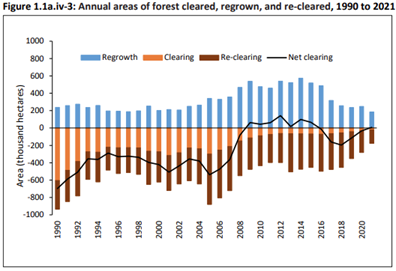URGENT UPDATE: Farmers across Australia are grappling with skyrocketing labor costs as a new wage system under the Pastoral Award 2020 takes effect. Under this system, a harvester driver earning a base rate of $32.90 an hour can see their wages surge to $48.50 once the 152-hour overtime cliff kicks in. This alarming trend has left many agricultural businesses struggling to keep up.
New reports confirm that the consequences of this wage overhaul are hitting farmers hard, particularly in states that have adopted the Fair Work Act 2009. The system, originally designed for urban workplaces, is proving to be a costly misfit for the agricultural sector. Farmers are now faced with unprecedented wage bills that threaten their viability during peak harvest seasons.
Authorities explain that the 152-hour rule—which dictates that any hours worked beyond a cumulative total of 152 hours in a rolling four-week period are considered overtime—was introduced gradually through decades of bureaucratic adjustments. With this change, traditional norms around overtime have been upended, leaving farmers scrambling to adjust.
The shift to this new system has been particularly challenging for those operating in rural areas. One farmer, speaking under anonymity, noted, “We’re being forced to pay city rates for country work, and it’s unsustainable.” This sentiment is echoed throughout the industry as the cost of labor continues to rise without a corresponding increase in productivity.
Current labor practices now dictate that once the 152-hour threshold is crossed, penalty rates skyrocket: Saturdays see a pay increase of 150%, while Sundays can reach 200%. For farmers running a standard harvest roster—twelve hours a day for thirteen days—this can lead to an effective hourly cost of around $48.50, significantly impacting profit margins.
In contrast, Western Australia has maintained its own system, the WA Farm Employees Award 1985, which operates without these burdensome averaging requirements. Under this system, ordinary hours are capped at ten per day, making labor costs more predictable and manageable. Farmers there report far lower payroll expenses, averaging around $34-$35 an hour.
The discrepancies between the two systems have sparked heated discussions. Farmers who have incorporated their businesses face substantially higher labor costs, potentially leading to thousands of dollars in additional expenses every four weeks. As one industry expert remarked, “The choice of business structure could mean the difference between thriving and surviving in this landscape.”
Moving forward, stakeholders are raising concerns about the long-term implications of these policies. The question remains: will the federal government address these issues, or will farmers continue to shoulder the burden of policies designed without consideration for their unique needs?
As the industry grapples with these ongoing challenges, it is crucial for farmers to adapt swiftly. Keeping accurate records, understanding the implications of the Fair Work system, and structuring businesses wisely are now more important than ever. Compliance with safety regulations is equally critical, as WorkSafe inspectors are increasingly vigilant.
Farmers are urged to re-evaluate their employment contracts and ensure they reflect the realities of agricultural work, rather than bureaucratic theory. The message is clear: navigating the current industrial landscape requires vigilance and adaptability to ensure survival in an increasingly complex operational environment.
This developing story continues to unfold, with farmers and industry bodies advocating for immediate reforms to alleviate the financial pressures stemming from the current wage system. Stay tuned for updates as the situation evolves.

































































